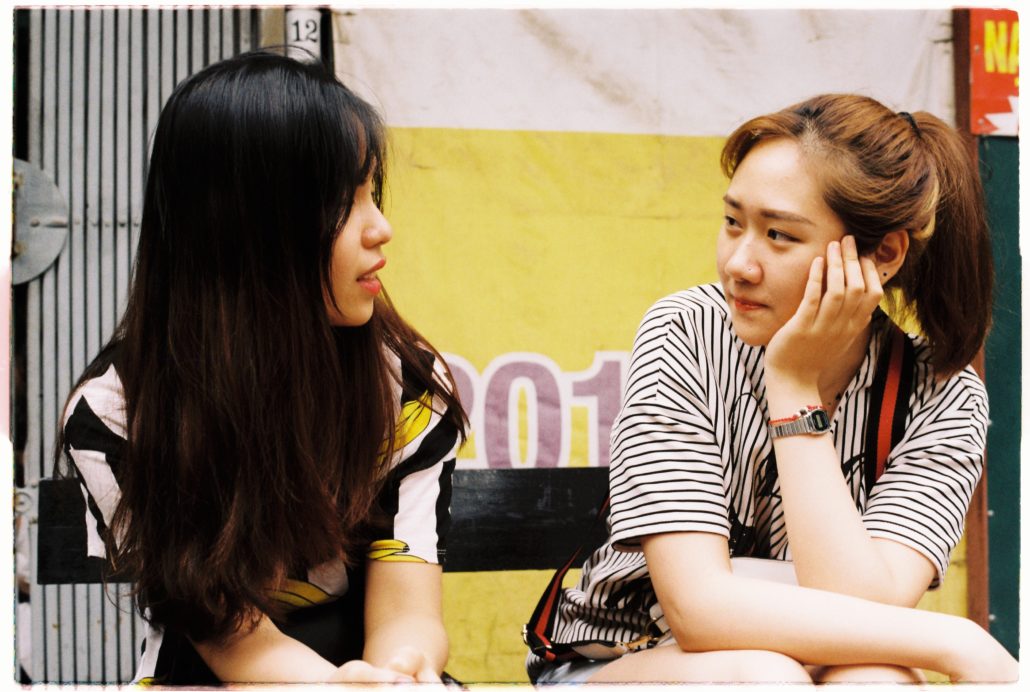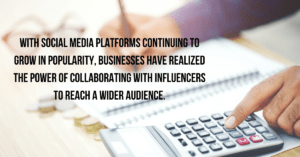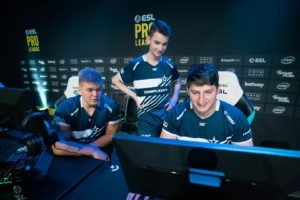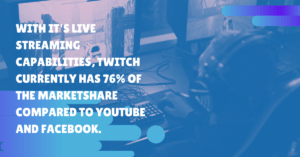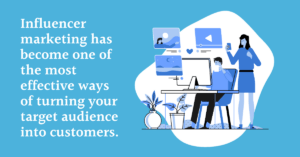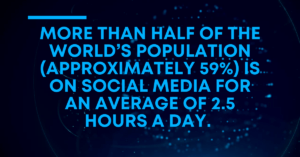When it comes to dating apps, there are three major ones that come to mind. Tinder, Hinge and Bumble vy for similar audiences, requiring platform diversity and differing brand identities for all three–in addition to creative marketing campaigns. As influencer marketing rises in popularity, dating apps like Bumble are incorporating influencers into their digital campaigns, resulting in a new hybrid of influencer opportunities. As marketers, there are a lot of things we can learn from the way dating apps are approaching their influencer partnerships.
For a brief background, Bumble started as an off-shoot of Tinder. Currently, Bumble is valued at over $1 billion, has 55 million users across 150 countries, and is the eighth most popular dating app in the world.
In an effort to give more opportunities to users of the app, Bumble also created different modes of use for the platform–Bumble Bizz and Bumble BFF. For those career-minded folk, Bumble Bizz is a method for users to network with one another, while Bumble BFF gives people an opportunity to make new friends. The dating part of Bumble still exists, but the other features of Bumble are turning the app into a hybrid of opportunities for influencer partnerships.
By diversifying their brand, Bumble has been able to capture a much wider audience of people with differing interests and connect with authentic influencers that are already fans of the brand itself. This results in a more meaningful relationship between the brand, its influencers and its consumers–encouraging all audiences to engage with their brand further. As Bumble rolled out its other features, influencer marketing campaigns started appearing across all three verticals–each with a different style and motive aligning to the overall brand. In order to be successful, brands must establish their goals and find influencers that help achieve those goals–and we can learn a lot from Bumble’s.
Bumble Bizz and Influencers
For Bumble Bizz, Bumble partnered with influencers with large followings that also had a career-oriented mindset, like college student Danielle Carolan and online fitness group co-founder Laura Henshaw. By working with influencers that put high value in their professional development, the brand was able to expand its awareness through those influencers to their audiences, who might want to use their platform to achieve a similar level of professional success. This partnership encourages mutual growth while allowing the influencers a platform to talk about how far they’ve come in their careers, and offer advice to those just starting out.
What Can Marketers Learn from Bumble Bizz?
The mutually beneficial relationship between Bumble Bizz and its influencers was built on community and understanding. For brands trying to enter new markets or find industry professionals, networking and communication are the most important factors to consider. Many influencers are career-minded and actively talk about what their personal and professional goals are. If your brand aligns with those messages, that influencer could be a great fit for your campaign–and give thought leadership opportunities between the influencer and their audience. Some people want to network, and if your brand has a platform to do so, partner with influencers that can help spread your message.
Bumble BFF and Influencers
For Bumble BFF, the structure was similar. Bumble sought out influencers at college campuses or major cities and encouraged them to try out the application for the specific purpose of finding like-minded individuals in an intimidating, large space. By partnering with local influencers in college towns, Bumble was able to project its new brand to hundreds and thousands of students–and offer a way to keep them all connected.
What Can Marketers Learn From Bumble BFF?
Location matters. When a brand is trying to spread awareness, finding influencers within the local area can help in getting the word out about a new store, event or item. By focusing on college towns and cities with a large concentration of people, brands are able to pinpoint tastemakers that have dedicated audiences and create meaningful engagements, which can result in longer-lasting partnerships. The right influencer is someone that seamlessly connects with your brand’s message and goals–and utilizing nano-influencers and micro-influencers in local areas can drive traffic towards your brand in a new location.
What Can We Learn From Bumble?
- Create authentic influencer relationships.
- Find influencers that align with your brand goals.
- Decide which type of influencer is the best for your campaign.
No matter what type of brand you are, there is an influencer that is right for your message. In order to find them, do the right research–or get the right tools. Chat with our demo team to see how Sideqik can help you find the right influencer for your brand.
Maria Lewczyk
Latest posts by Maria Lewczyk (see all)
- 4 Ways Esports Can Use Influencers to Reach a Broader Audience - March 26, 2020
- How Brands Can Use Influencers and TikTok for Commercial Campaigns - March 20, 2020
- 3 Things Marketers Can Learn from Bumble’s Influencer Partnerships - March 10, 2020

